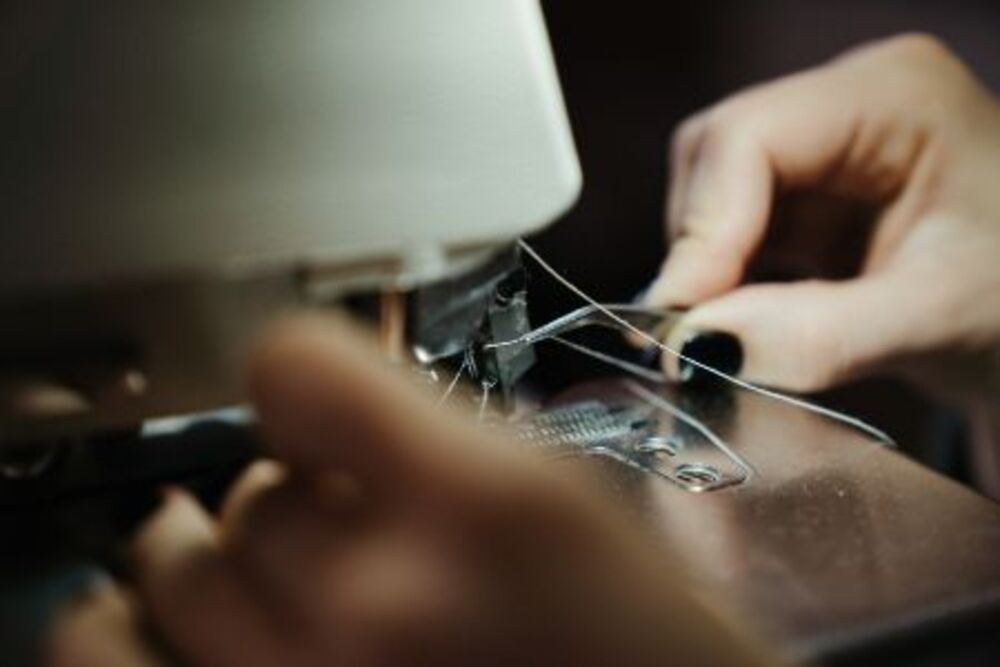Sewing machines are powerful tools for giving clothing and other belongings an elegant, customized appearance. Sewing machines can also help create new items or repair existing ones. Find out the best embroidery machine for beginners.
Though modern machines boast numerous stitches, this simple model offers 23 built-in stitches which should cover most sewing projects easily and are extremely user friendly. Furthermore, setup and use are simple.
Stitches
Sewing machines utilize various stitches to join or finish fabric and garment edges. Some stitches are particularly practical while others serve primarily decoratively; others even add strength or flexibility to seams.
Stitch adjustment buttons vary depending on the machine type. Most have both an electronic screen and physical buttons on the front side that control which stitch you are creating and its length.
When threading your machine, be sure that the spool of thread is placed at the top and around the takeup lever (the lever with two cut-in grooves). Thread your needle so that the upper thread passes through both thread guides on either side as well as through a hole at the lower part of your case where bobbins should be stored.
Feed dogs
Sewing machines use feed dogs – small metal teeth with gripping tines – to grab and move fabric through while stitching is taking place, helping ensure high-quality seams and uniform stitch length. Feed dogs are an integral component of sewing machines that play an essential part in producing professional seams with consistent stitch length.
Feed dogs are generally serrated, and can be adjusted up or down according to fabric thickness. A common mechanism used on household machines, called drop feed, works by pushing down a set of feed dogs through slots below the machine surface when the needle is pulled away from fabric.
To raise or lower a feed dog, first open the hook cover that protects the bobbin area of the machine. Next locate the drop feed lever located near the bobbin case in the hook area – either as a lever toward the back of the machine or an adjustable knob on its side.
Bobbins
Bobbins are essential components of a sewing machine, holding the thread at its bottom part. Many sewers keep extra bobbins on hand in case their original one breaks. Each bobbin fits into its own metal case before snapping into place at the front of a machine where it then gets collected by needle and sewn upon. Selecting the appropriate bobbin is key for optimal sewing results from any machine.
Condition of Bobbin and Case can have a tremendous effect on stitch formation. Even minor damage to either will likely result in skipped stitches. To prevent this from occurring, regularly inspect both for scratches or burrs; any found should be gently polished away using fine sandpaper.
Factory machines equipped with pulling feeds offer greater reliability and strength than other forms of feeding mechanisms; these puller feeds grip fabric behind needles for greater strength. However, puller feeds tend to be more costly and only suitable for straight seams.
Maintenance
Sewing machines need regular cleaning and lubrication in order to perform smoothly. Instructions on how to lubricate are detailed in their instruction booklet, but certain parts require more special consideration, including handwheel bearing/clutch assembly, needle bar/presser foot assembly and the bobbin area.
Maintenance should begin by brushing away lint from the working parts of a machine. A lint brush that comes with your machine works best here; alternatively a narrow paintbrush may do. Tweezers may be useful to reach difficult-to-reach places for debris. Canned pressurized air can also help blow it away quickly.
Once the lint has been cleared away, it is time to oil your machine. Care should be taken when applying oil – apply small amounts at a time in small areas at first to avoid overloading.

